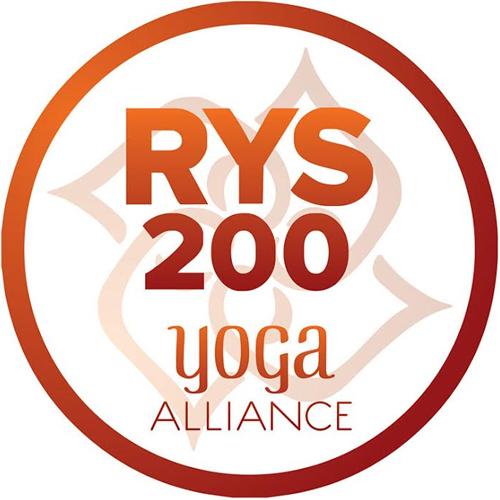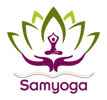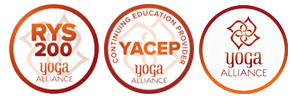200 HOUR ALIGNMENT YOGA TEACHER TRAINING COURSE SYLLABUS
Alignment Oriented Yoga: Hatha Yoga Postures
- Anatomy and alignment aspects during asanas
- Postural observation and analysis
- Alignment based on body regions
- Upper Limb alignment
- Lower Limb alignment
- Torso – Thorax - Abdomen – Pelvis Alignment
- Head & neck - Alignment
- Spinal alignment
- Basic alignment postures
- Advanced alignment postures
- Adjustment and modification in Hatha yoga
- Sequencing the Yoga flow using alignment approach
- Kalari yoga
Yoga Philosophy, Lifestyle and Ethics for Self –Exploration
- Essence of Yoga – history and evolution of yoga
- Historical and cultural background of Yoga
- Definition of yoga and its interpretation on classical texts
- Four paths of yoga (Bhakti, Jnana, Karma, Raja)
- Three gunas
- OM / AUM and its meaning
- Patanjali Yoga Sutras and their interpretations (selection);
- Eight limbs of yoga and their meaning in the contemporary World
- Ethics for yoga teachers:
- Pathanjali Yoga Sutra - A cross check
- Bagavat Gita – A cross check
- HathayogaPradipika – A cross check
- Values and meaning of being Yogi
- The place for Yogi in today's World
- Yogic daily routine: principles of diet, meaning of practice and essence of lifestyle
- Guided group discussion about basic philosophical issues related to yoga
- Psychosomatic aspects of Astanga yoga- based on Yoga sutra
Pranayama
- Introduction to pranayama
- Technique from poor to proper breath
- Benefits of different pranayama
- Help in breathing problems
- Full yogic breath
- Kapalbhati Pranayama
- Bhastrika,Bhramari
- Ujjai
- Nadishodhan
- Sheetali
- Sheetkari
- Bandhas
Shatkriya
- Jala neti (respiratory cleansing)
- Sutra neti (respiratory cleansing)
- Kunjal (digestive cleansing)
- Trataka (cleaning the eyes)
YogicAnatomy and Western Human Anatomy & Physiology
- Introduction to Human anatomy and Physiology in Yoga
- Organisation of human body
- Levels of human organisation
- Introduction of Human Skeletal system and Bones
- Overview of Ligaments, tendons and cartilage in human body
- Major muscle groups and asana practice
- Muscle bone relationship in Yoga
- Myo fascial tension release and yoga practice
- Anatomy and physiology of Human spine
- Organs of Respiratory system and Yoga
- Yoga poses and Respiratory system
- Pranayama and lung capacity through Yoga
- Circulatory system and Yoga.
- Functioning of Heart during yogic practice
- Indroduction to Nervous system and yoga
- Shad chakras and Yoga
- Pancha kosha theory
- Pulse and blood pressure in yoga
- Puse observation and Yoga
- Important Vital points (Marma) and Yoga-Introduction.
- Three dosa, seven tissues, waste products: Ayurveda and Yoga
- Constitution analysis: Ayurveda
- Creating the Yoga Sequence and Anatomy of Human Body
Teaching methodology
- Designing the lesson plan
- Time management
- Lesson plan according the student group
- Quality of instruction
- Class management
- Asana correction technique
- Observation technique
- Behaviour of the teacher
- Qualities of a teacher
- Alignment tools and methods
Meditation
- Guide to meditation
- Modalities of meditation
- Concentration and thought power
- Tools for meditation
- Effects of and experiences in meditation
Other exploring Methods
- Yoga Nidra
- Mantra chanting
- Kalari-yoga sequences and alignment
- Nadya Shastra& Yoga
Practicum
- Practice of teaching under teacher's control:
- In pairs
- In small groups
- In big group
- Practical exam of teaching and theory sessions
- Alignment and posture analysis during Training
- Hands on and hands free alignment technique
- History taking and injury assesment

200 HOUR ALIGNMENT YOGA
This program is a blend of classical Hatha yoga flow and modern aspects of science inspired by the invidualised yoga of Krishnamacharya tradition.


